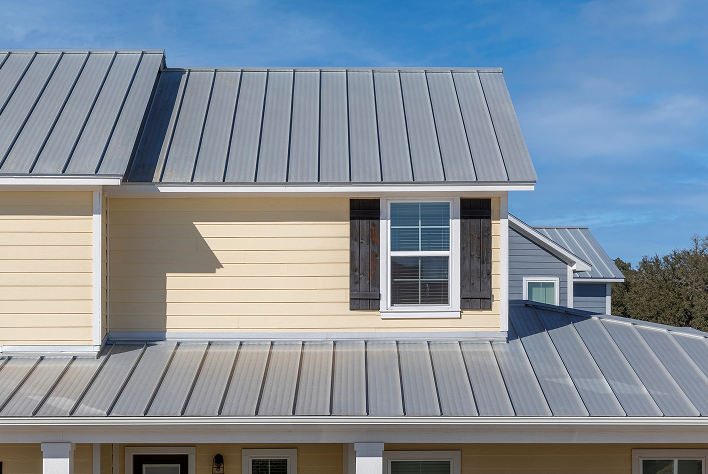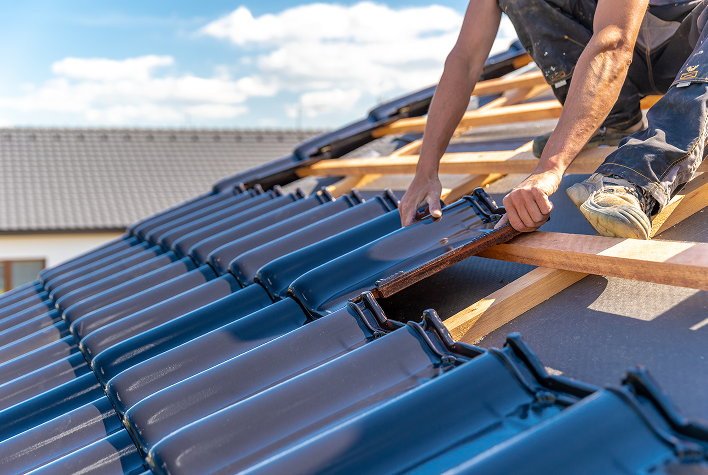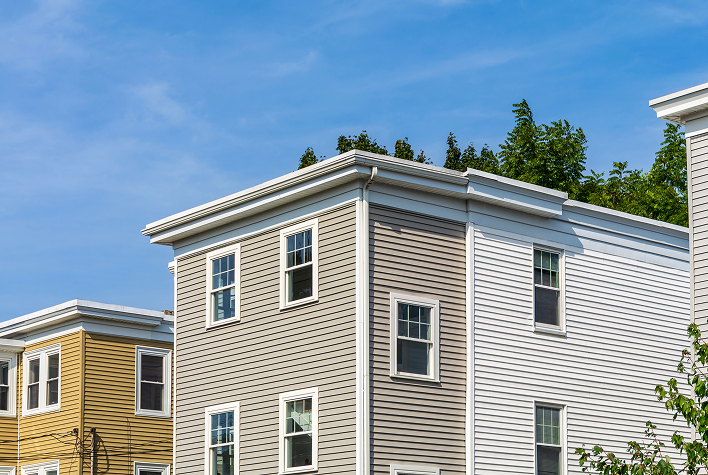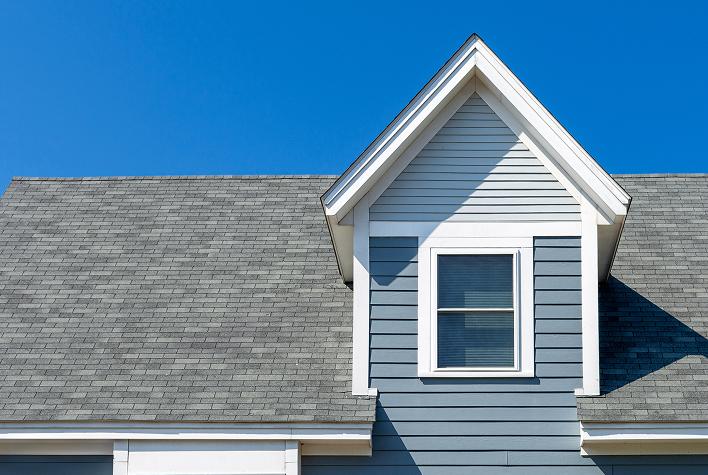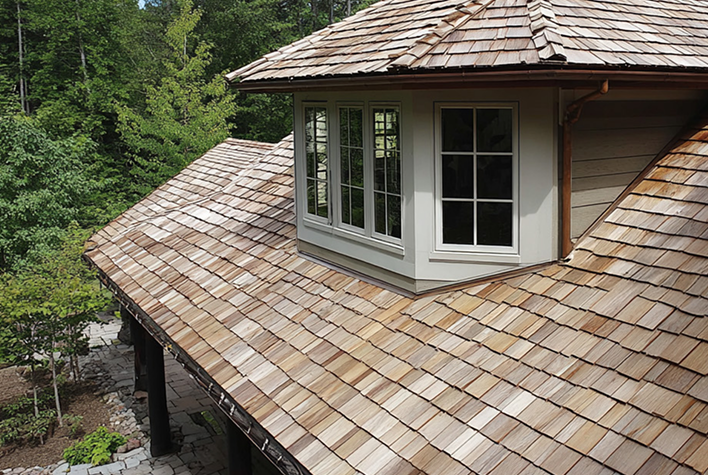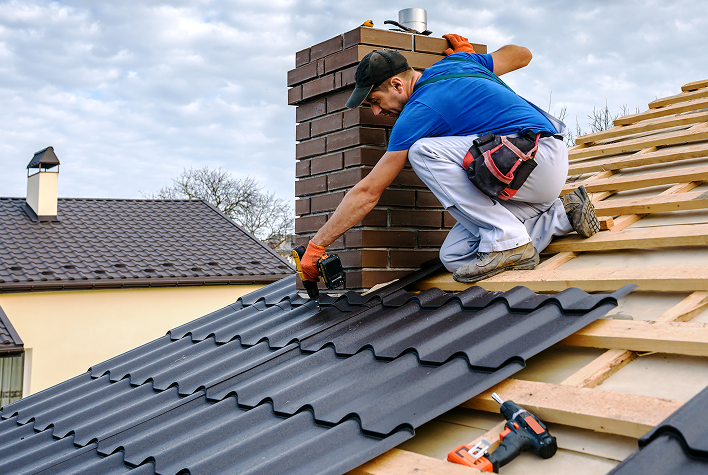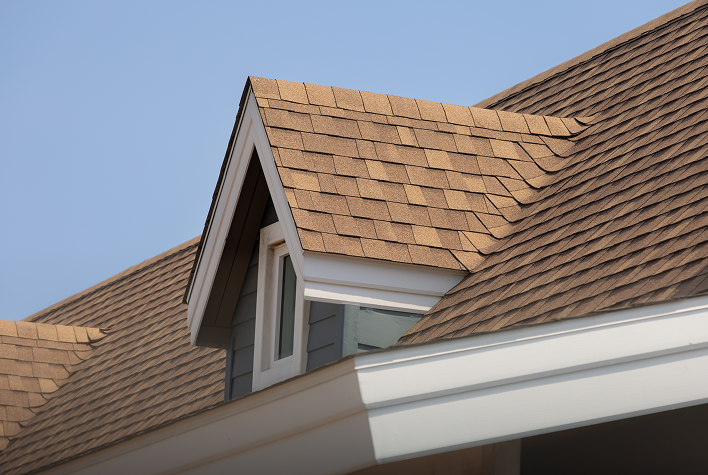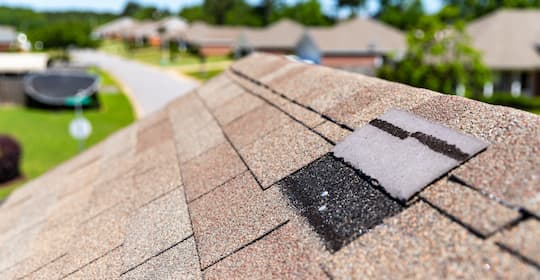
Key Points
- Cost Range: Roof replacement costs between $16,000 and $64,000, with most homeowners spending around $32,000.
- Labor Costs: Labor can account for up to 60%, depending on roof complexity and accessibility.
- Material Selection: Materials make up 40%, with asphalt shingles being the most affordable option.
- Roof Pitch: Steeper roofs increase time, materials, and costs.
- Location Impact: Costs vary by location, with urban areas and harsh climates often having higher prices.
Have you noticed leaks, missing shingles, or other signs of wear and tear on your roof? The thought of tearing off and replacing an old roof can be overwhelming, especially when it comes to the potential costs.
The average cost to tear off and replace the roof ranges between $16,000 and $64,000. Most homeowners spend around $32,000 for an average-sized home. The final price will depend on factors like materials, labor, location, and the size of the roof.
Knowing the average cost to tear off and replace a roof is crucial whether you're facing unexpected damage or planning a much-needed upgrade. In this article, we'll break down the costs and share some money-saving tips!
How Much Does It Cost to Tear Off and Replace a Roof on Average?
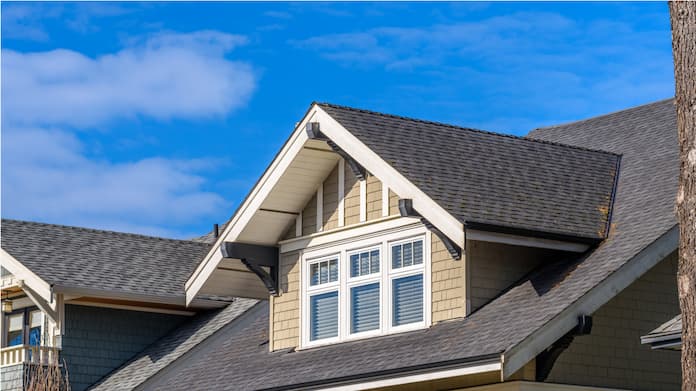
To answer the common question, “How much does it cost to replace a roof?”, the cost can range from $16,000 to $64,000. This wide range can be quite confusing to homeowners.
In fact, a 2020 survey by Statista found that installing a new roof was the third most expensive home improvement project in the US.
Here are the factors that influence the cost of tearing off and replacing your roof, which will help you get a more accurate estimate for your needs.
Roofing Cost Per Square Foot
The size of the roof plays a significant role in determining the overall replacement cost. Larger roofs need more materials and labor, which raises the total cost.
Typically, you’ll pay between $4 and $40 per square foot, with an average of about $7 per square foot, including both labor and materials, for a new roof.
Since “square” is a unit commonly used in roofing, the cost range per square is between $400 and $4,000.
Here’s a breakdown of the average cost range based on different roof sizes.
TABLE
Labor Costs
Labor typically accounts for up to 60% of the total roof replacement cost, making it a significant portion of your budget.
The average labor cost to tear off and replace a roof typically costs between $2 and $7 per square foot.
While fixed-rate projects are more common, some contractors may charge on an hourly basis, which can range from $40 to $60 per hour.
Here are some factors to consider when calculating labor costs:
Roof Replacement Materials
Around 40% of the project cost goes to materials, including roofing material, underlayment, flashing, roof ridges, vents, and building supplies like nails and tools.
Keep in mind that roofing materials will be the most expensive. Your choice depends on your budget, desired look, local climate, and roof’s weight-bearing capacity.
Asphalt shingles are the most common roofing material in North America, accounting for around 64% of the residential roofing market in 2020.
Here’s a breakdown of roofing materials along with their pricing and descriptions:
TABLE
Roof Pitch
The pitch of a roof, which is its steepness or slope, can significantly impact the cost of a roof replacement.
While most roofs have a pitch between a 3:12 and 6:12 ratio, steeper roofs can be more costly to work on.
They require extra safety precautions, are more complex, harder to access, and need skilled workers. High-pitch roofs also have a larger surface area, requiring more materials, which increases overall costs.
Location
Location affects roof replacement costs due to local climate, labor rates, and material costs. Harsh weather areas need more durable, expensive materials. Urban areas with a higher cost of living have higher labor costs than rural areas. Material availability varies, with some regions requiring imported materials, which can increase costs.
Removal of Your Existing Roof
The removal process, known as roof tear-off, typically costs between $1 to $5 per square foot, depending on the roofing material.
For instance, the cost to tear off asphalt shingles ranges from $1 to $3 per square foot, while heavier materials like slate or tile can cost $2 to $5 per square foot.
This process includes labor and disposal of the old materials, and it’s necessary for a thorough inspection and potential repairs of the underlying roof structure.
Clean Up Costs
Hauling costs and local disposal fees range from $50 to $500. Even if done yourself, costs are similar. Hence, it’s better to hire a professional with experience handling heavy materials.
What Are The Signs That Indicate It's Time to Replace Your Roof?
Knowing when to replace your roof is crucial for maintaining your home’s integrity. Here are some key signs that indicate it might be time for a new roof:
Roof Replacement vs. Repair
Deciding between roof replacement and repair depends on several factors, including the extent of the damage, the age of the roof, your budget, and how long you plan to stay in your home.
Roof Repair
Roof repair is generally less expensive and quicker than a full replacement.
Small issues like leaks, broken shingles, or minor flashing and deck problems can be resolved without replacing the entire roof. If the repair area is smaller than 100 square feet, repair is advisable.
Roof repairs can cost between $150 and $7,000. Here’s a breakdown of specific repair costs:
TABLE
Roof Replacement
Replacing a roof involves tearing off the old one and installing a new one. This is more expensive but necessary for extensive damage, recurring leaks, or an aging roof. A new roof enhances energy efficiency and increases home market value.
What You Need to Consider?
How Can You Save Money on Roof Replacement Costs?
Here are some practical tips to help you save money on tearing off and replacing your roof:
Should You DIY Roof Replacement or Hire Professionals?
While DIY roof replacement may save money, we don’t recommend it due to significant risks.
Roofing is dangerous, with high fall and injury risks. Lack of expertise can lead to leaks, structural damage, or poor insulation, and can void warranties on materials. DIY errors might result in costly future repairs.
Professionals have the experience, safety gear, and training to handle roofing hazards. Therefore, hiring a professional ensures safety, quality work, warranty compliance, and a durable, reliable roof.
Conclusion
The average cost of roof tear-off and replacement ranges from $16,000 to $64,
000, depending on factors like material type, location, roof pitch, and labor costs.
While you could save about 60% by doing the roof replacement yourself, we don’t recommend it for the reasons mentioned in the article. It’s crucial to find a professional roofer for the job, so use our HomeBuddy tool to find an expert roofer near you with a good reputation.
Frequently Asked Questions
What is a roof tear-off?
A roof tear-off involves completely removing old roofing materials down to the deck before installing a new roof. This process allows for thorough inspection and necessary repairs of the underlying structure to ensure the new roof’s durability and integrity.
How often should a roof be replaced?
A roof should generally be replaced every 20-30 years for asphalt shingles and 40-50 years for aluminum roofs. The lifespan can vary based on material, climate, and maintenance. Regular inspections are recommended to identify issues early.
Is replacing a roof a good investment?
Replacing a roof is generally a good investment, typically yielding a return on investment (ROI) of around 60% and sometimes higher. It can significantly boost home value, improve curb appeal, and facilitate smoother sales. Additionally, it can prevent costly future repairs by addressing underlying issues early.

